Tomato species
Like other species, wild tomato species each have a scientific name. These names have two parts: The first part is their 'genus' name (a genus is a group of closely related species); the second part is the unique 'species' name.
You can think of these as similar to your family name (or surname) and your own (first) name. All wild tomatoes belong to the genus 'Solanum', so all wild species names begin with Solanum.
Each species has its own unique name; these names are given by scientists, based on features that make each species distinct from its close relatives.
Solanum lycopersicum
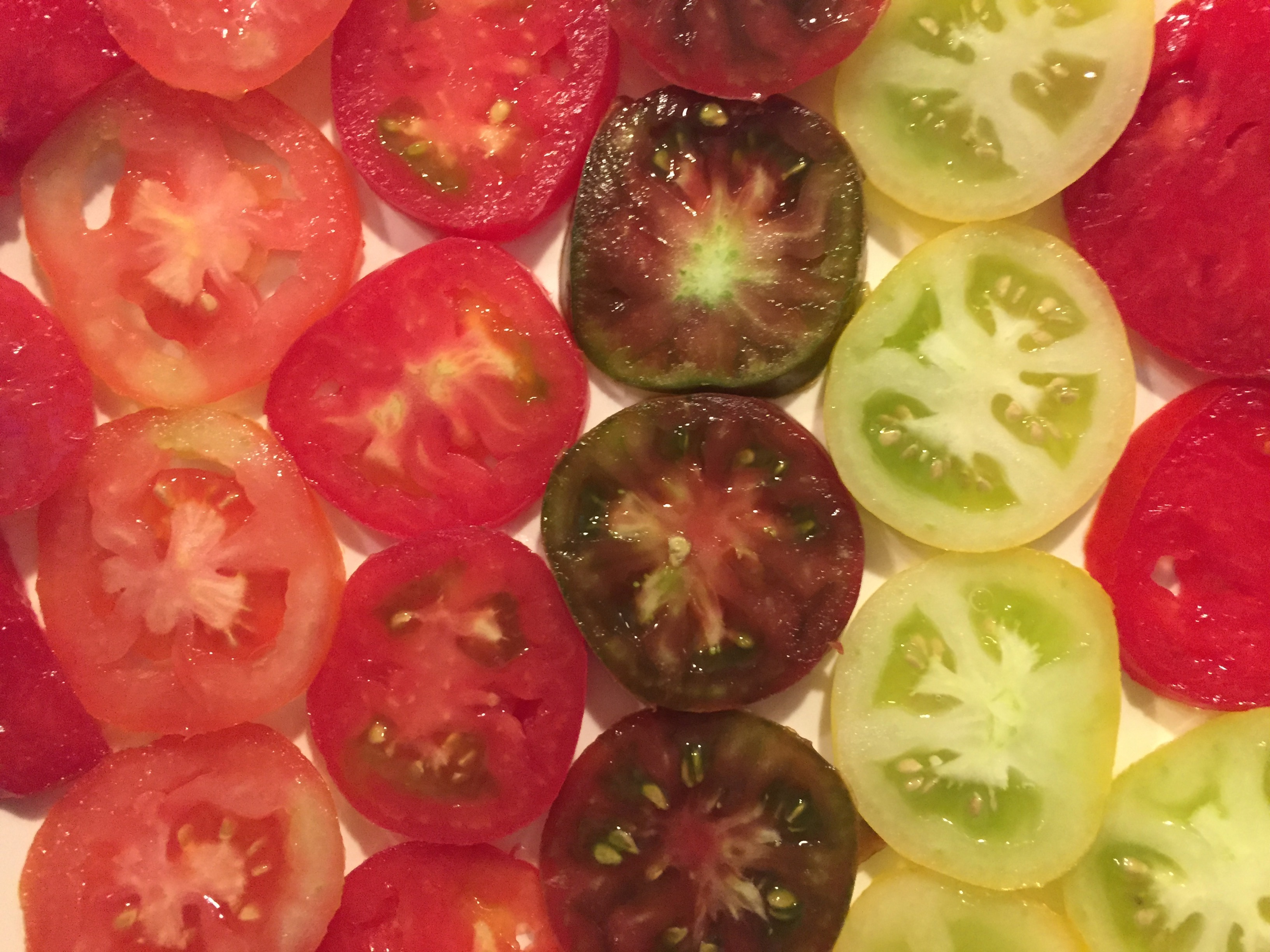
This species is the only tomato with two named varieties. S. lycopersicum variety lycopersicum is the well-known domesticated tomato, a group of very closely related kinds that nonetheless have huge variation in fruit size, color, and shape, as a result of human selection for these traits.
Unlike domesticated varieties, S. lycopersicum var. cerasiforme is the variety of wild or weedy plants that are sometimes referred to as 'cherry tomatoes'. This subspecies is found in tropical and subtropical regions of the world, often near to human populations.
Solanum cheesmaniae
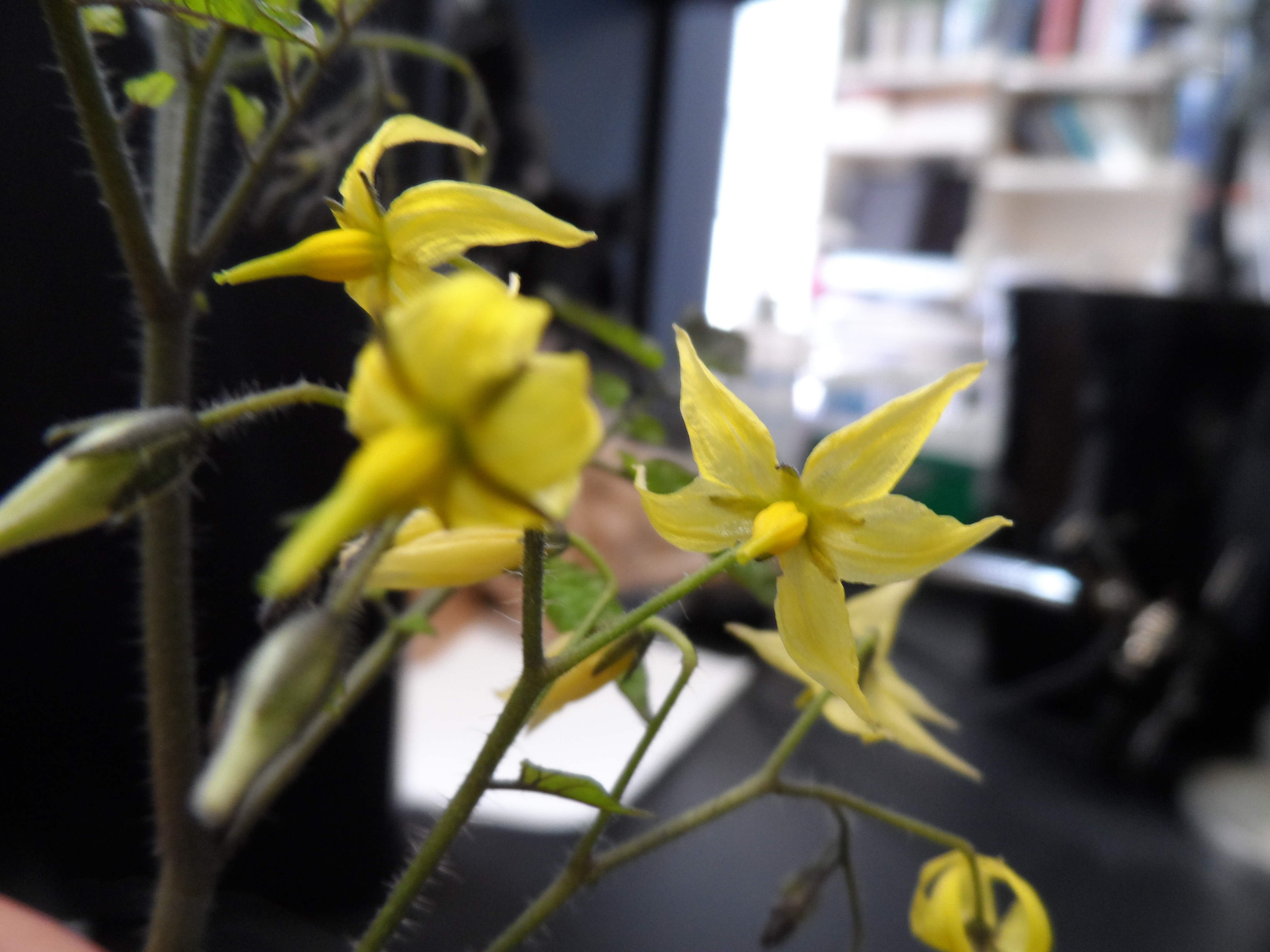
Along with its very close 'sister' species, S. cheesmaniae is endemic to the Galapagos Islands (which means that natural populations of this species are only found there).
Its flowers are small and relatively pale, and its fruits are yellow to orange when ripe.
Solanum galapagense
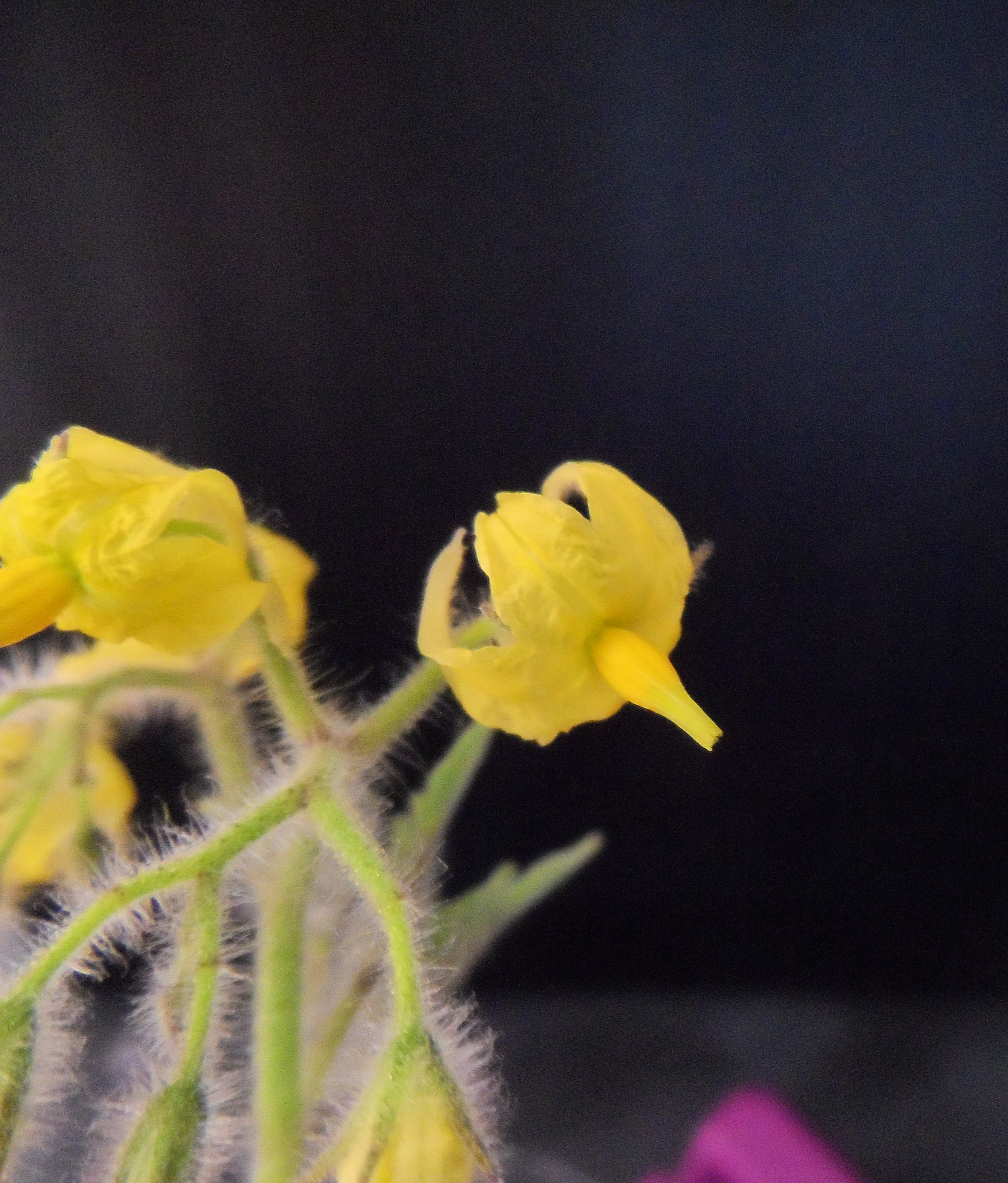
S. galapagense is the second species that is found only on the Galapagos Islands. It has highly subdivided leaves, with many small lobes, and fruits that are orange when ripe.
Populations of this species are tolerant of salty soil and thrive under high intensity light.
Solanum pimpinellifolium
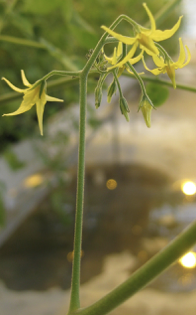
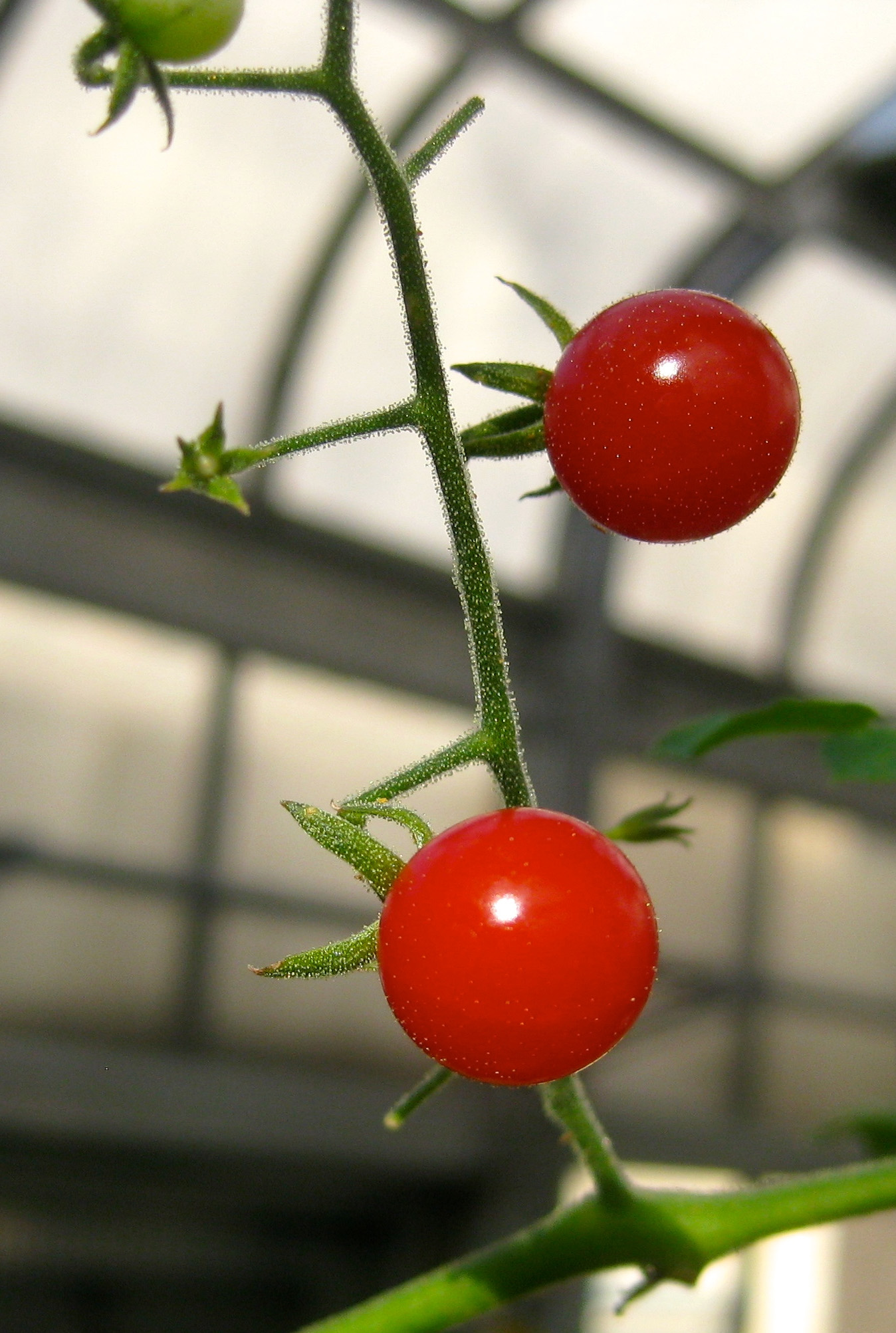
S. pimpinellifolium is one of several wild species that have colored (rather than mostly green) fruits when ripe.
Of the closest relatives of domesticated tomato (all of which all have colored fruits) it is the most diverse, with a broad distribution throughout lowland Ecuador and coastal Peru (see Ecology).
Solanum neorickii

This species and its closest relative, S. chmielewskii, are found in the mid-elevation valleys of the Andes mountains. It has very small flowers that are able to self-fertilize to produce green fruits with tiny seeds.
Solanum chmielewskii
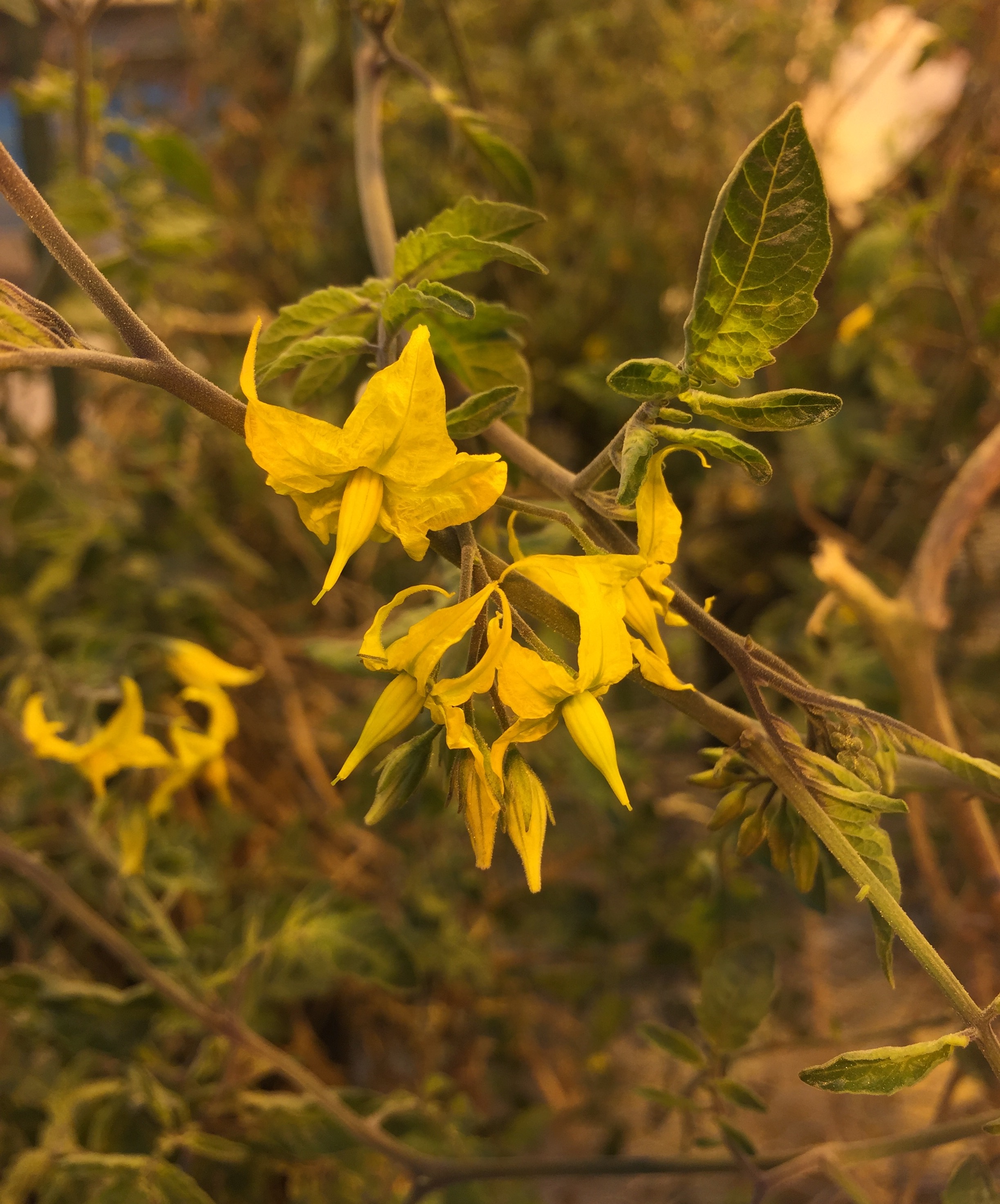
Similar to 'sister species' S. neorickii, Solanum chmielewskii is found at mid-elevation in the valleys of the Andes mountains. Although larger than S. neorickii, its flowers are relatively small compared to most other species, and are able to self-fertilize.
Solanum arcanum
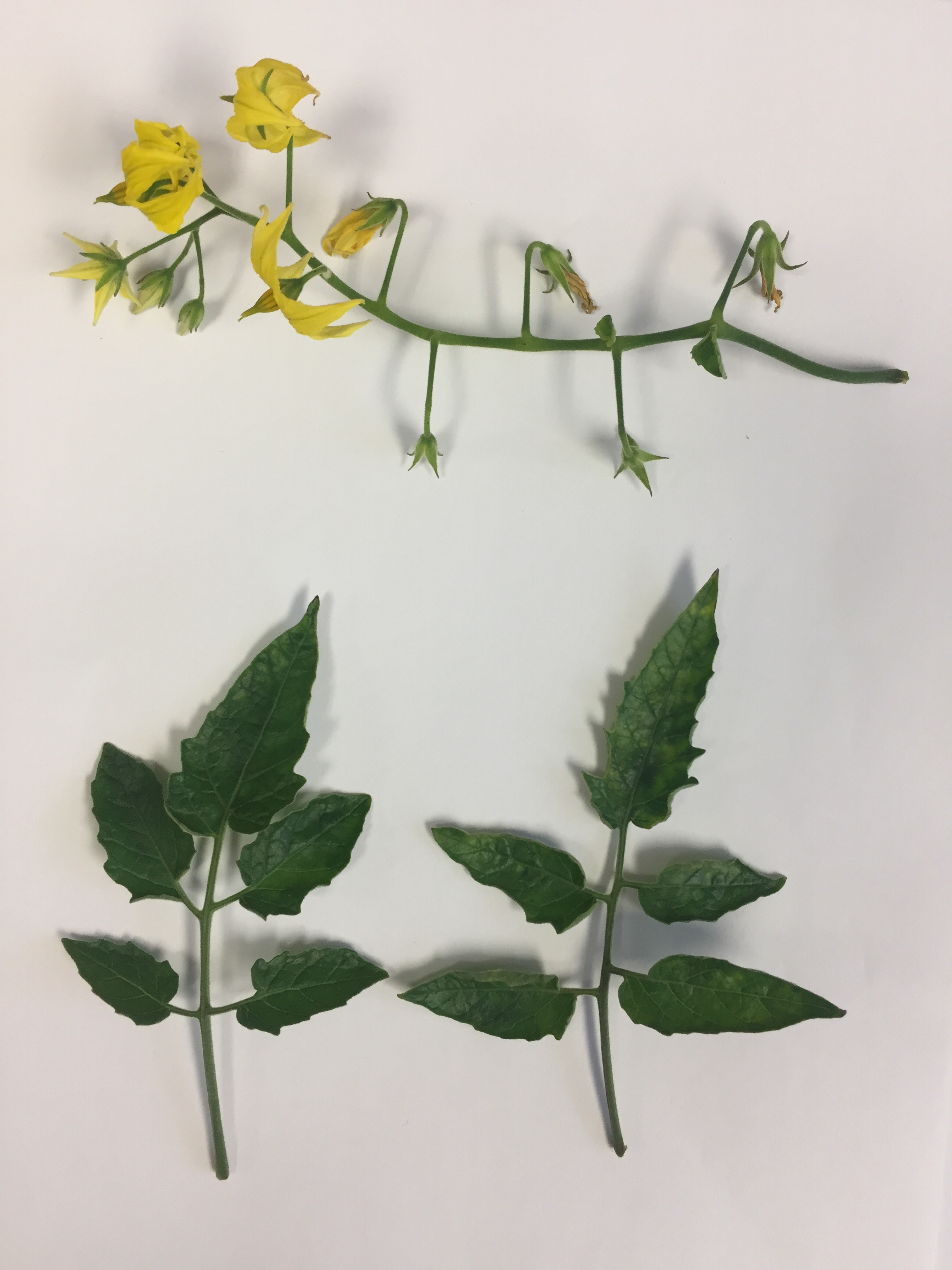
S. arcanum is the third species of wild tomatoes found mostly in mid-elevation Andean valleys.
It has vining branches and relatively simple leaves, compared to most other wild tomato species.
Some populations also have leaves with a distinctive 'lemony' scent, likely because of unique natural defensive chemicals.
Solanum huaylasense
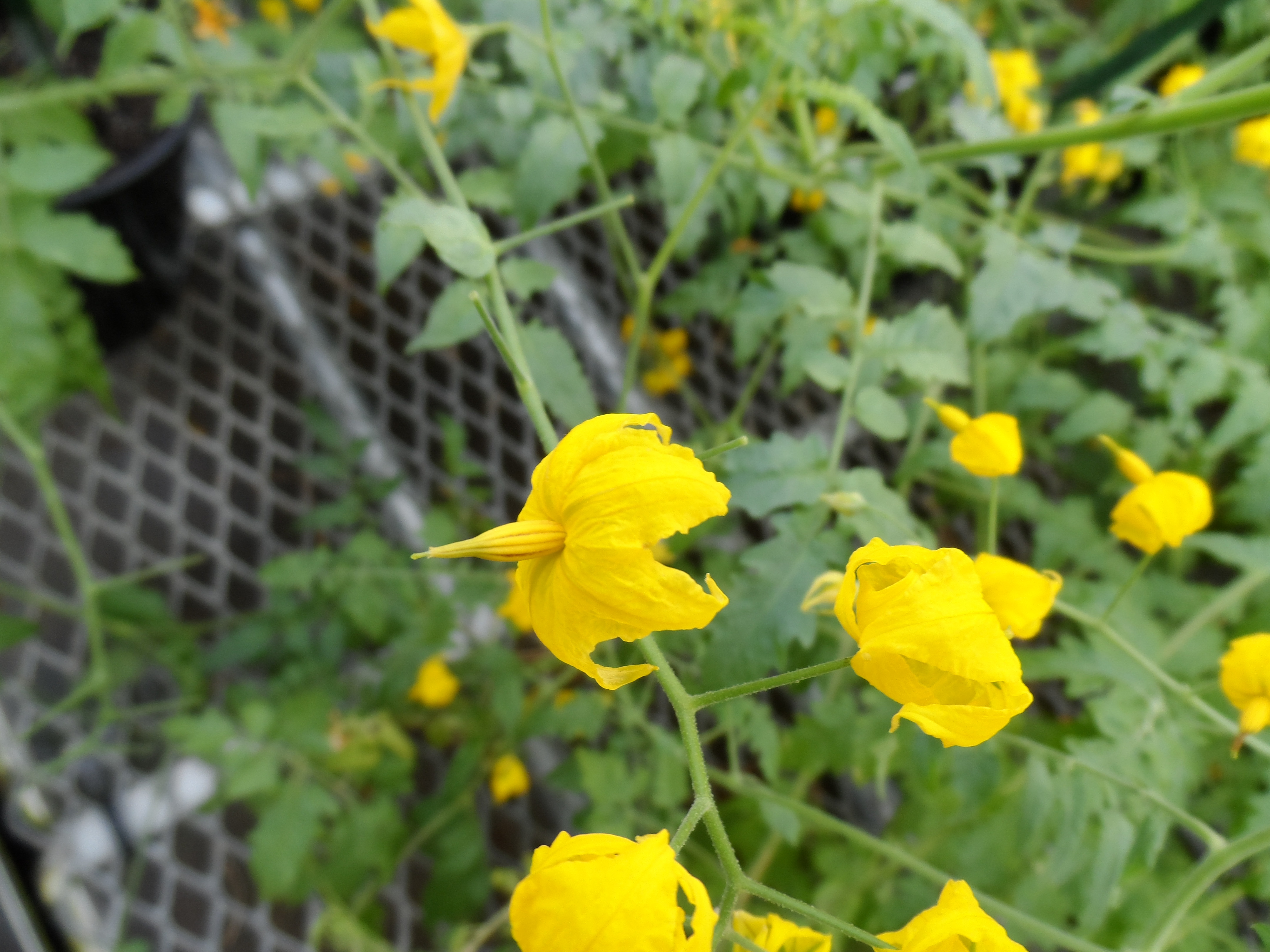
This species was once considered a part of the broad and diverse species, S. peruvianum, but has now been renamed its own species. It has a relatively restricted distribution in Peru, and lives on rocky sites.
Solanum corneliomulleri
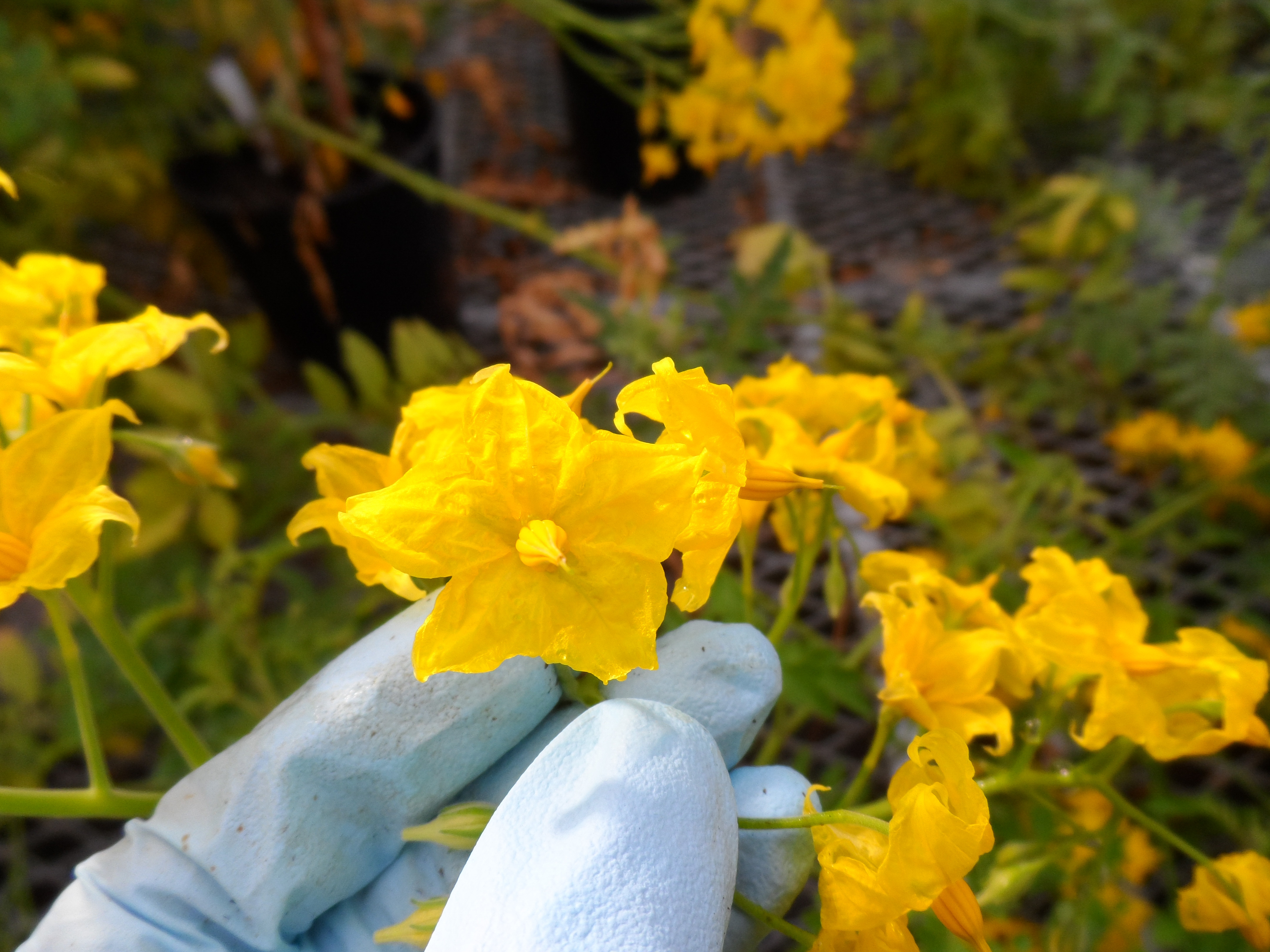
S. corneliomulleri has large, bright yellow, showy flowers that are generally unable to self-fertilize. It was once classified as a subspecies of S. peruvianum but is now considered a distinct species.
Like S. peruvianum, S. huaylasense, and S. chilense, it has fruits that are purplish-green when ripe.
Solanum peruvianum

This species is one of the most diverse and widespread species within the wild tomatoes, and occurs from sea level up to 2500m elevations.
Its populations vary in trait like leaf shape and flower size, but almost all populations are unable to self-fertilize.
Recently scientists reclassified some varieties of this species into new species of their own, including S. arcanum and S. huaylasense.
Solanum chilense
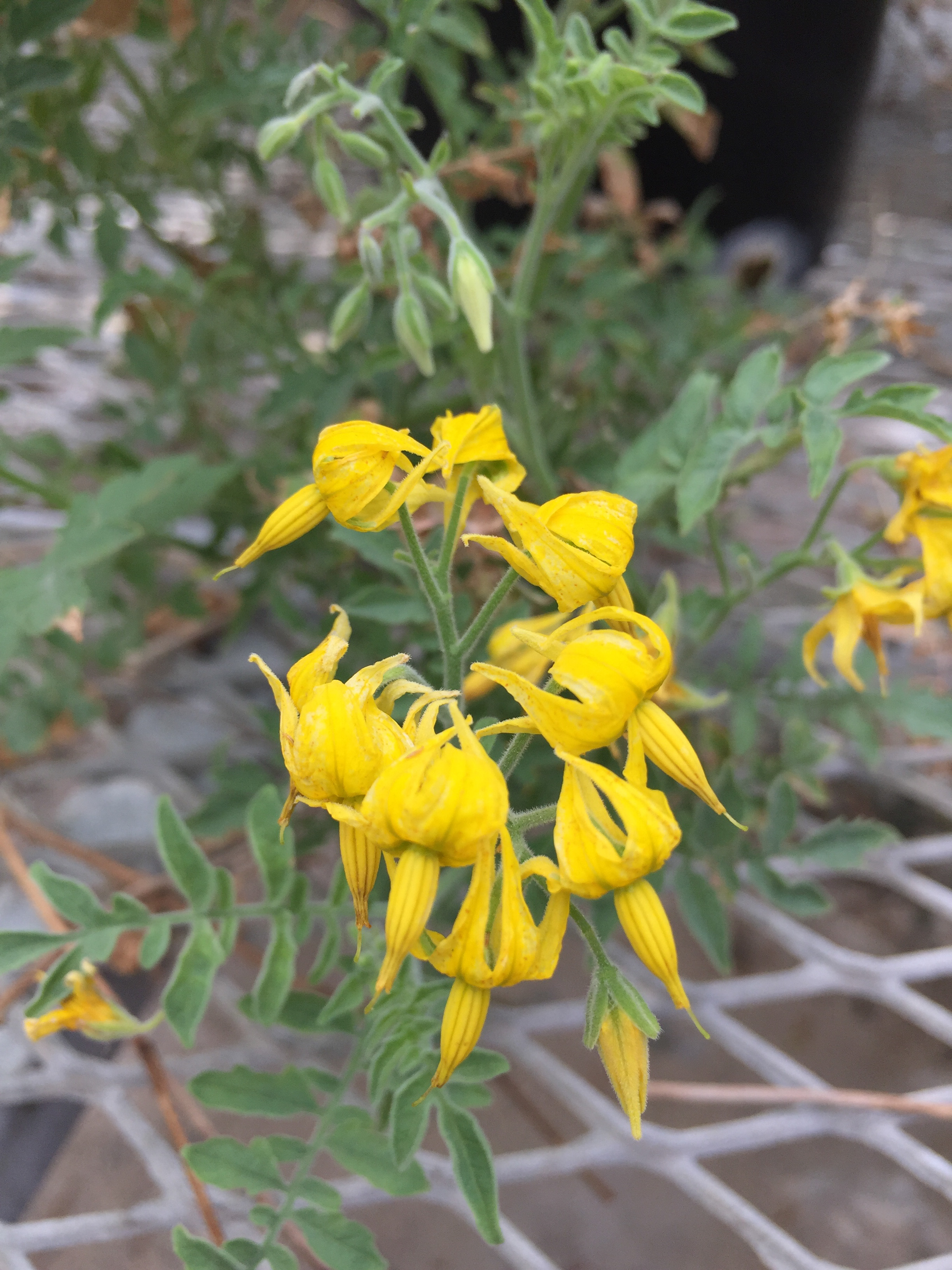
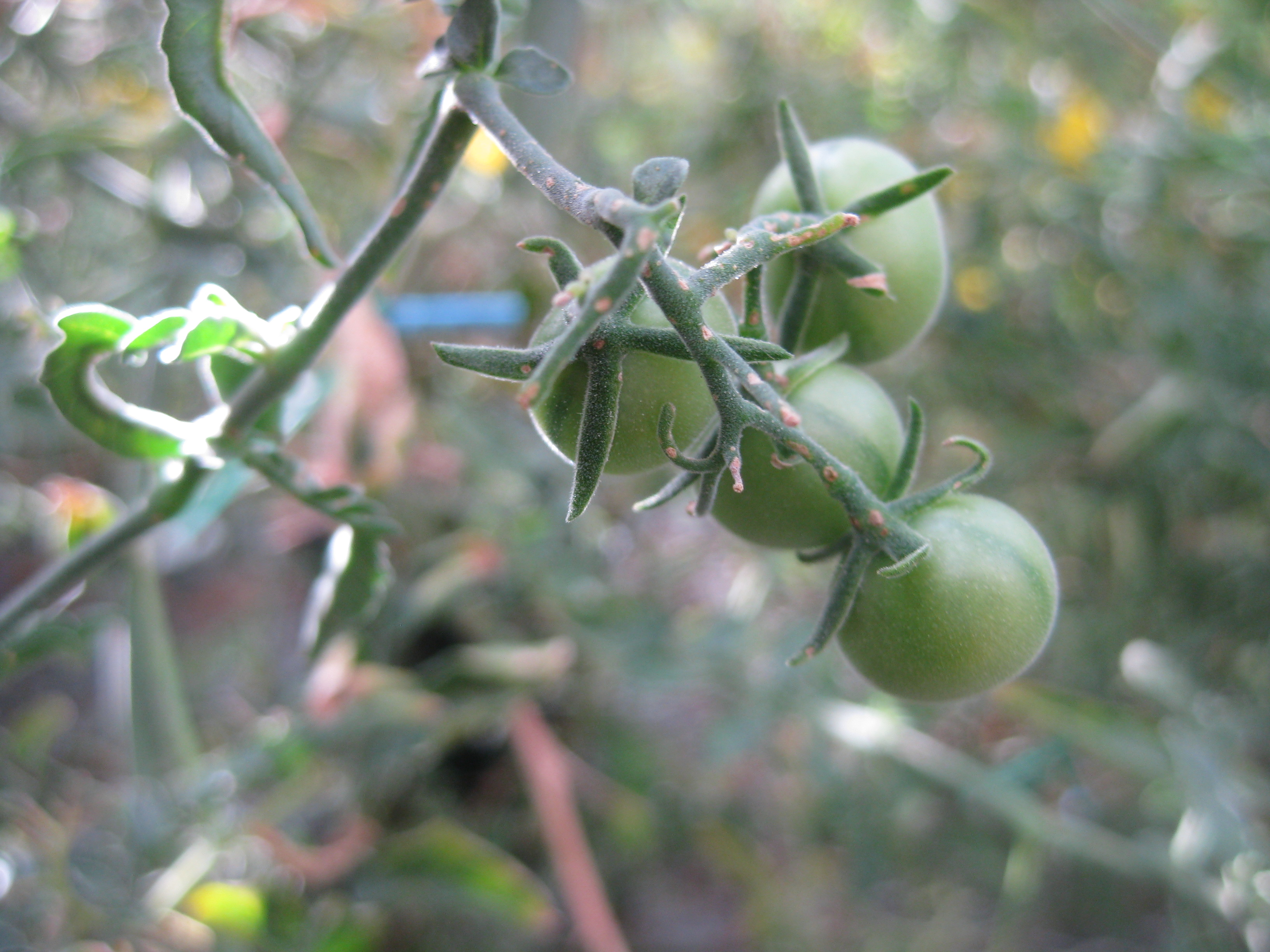
As its name suggests, S. chilense lives primarily in Chile, including in the Atacama Desert. It is highly resistant to drought.
The green fruits of S. chilense also have a distinctive darker stripe when mature, like several other wild tomato species.
Solanum habrochaites

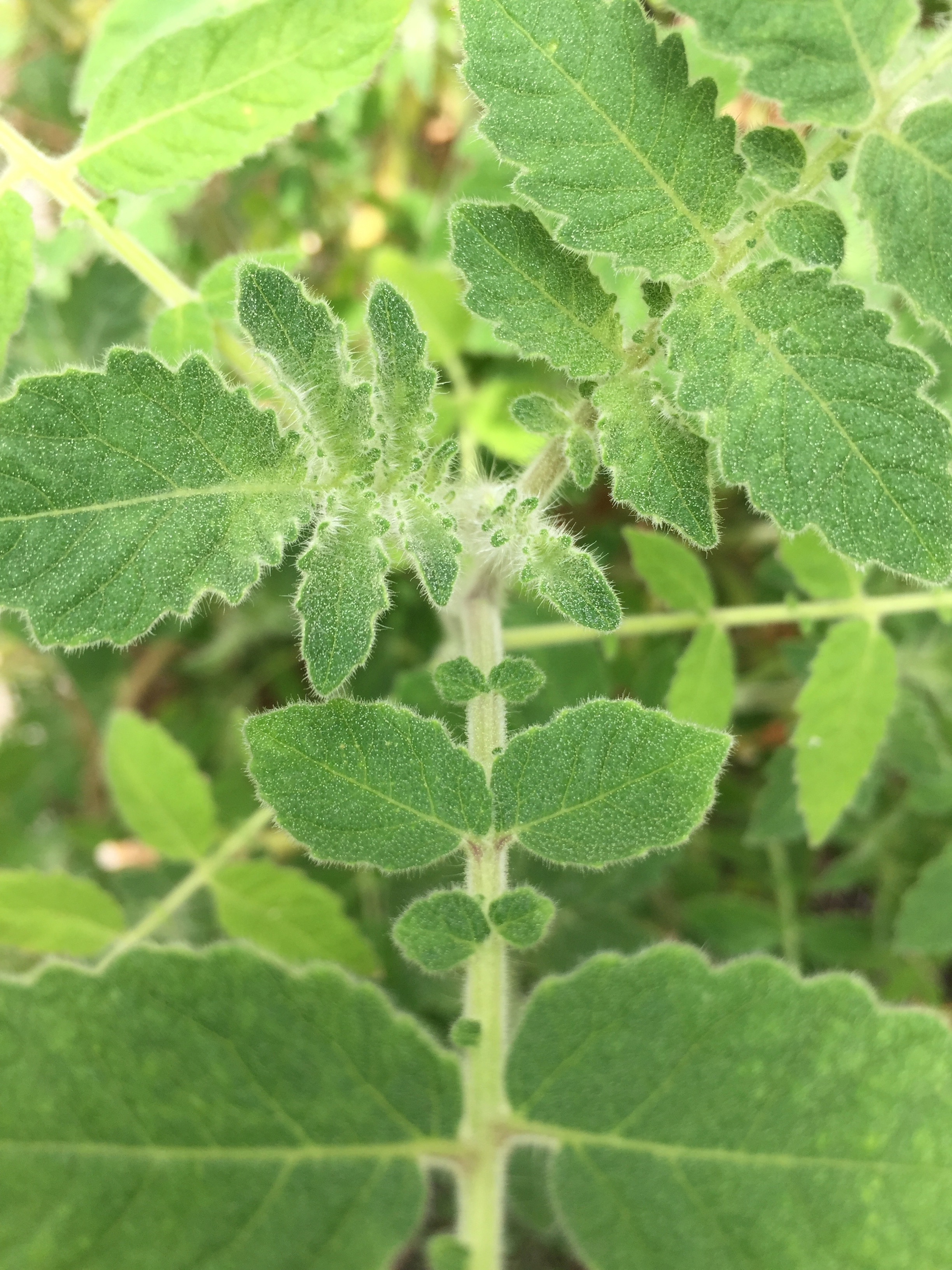
This native of Peru and Ecuador can grow to heights of 7-9 feet (>2 metres). It is well known for its high diversity of natural chemical defenses.
Its stems, leaves, flowers, and fruits are often covered in dense protective hairs (known as 'trichomes'; see Traits).
Solanum pennellii
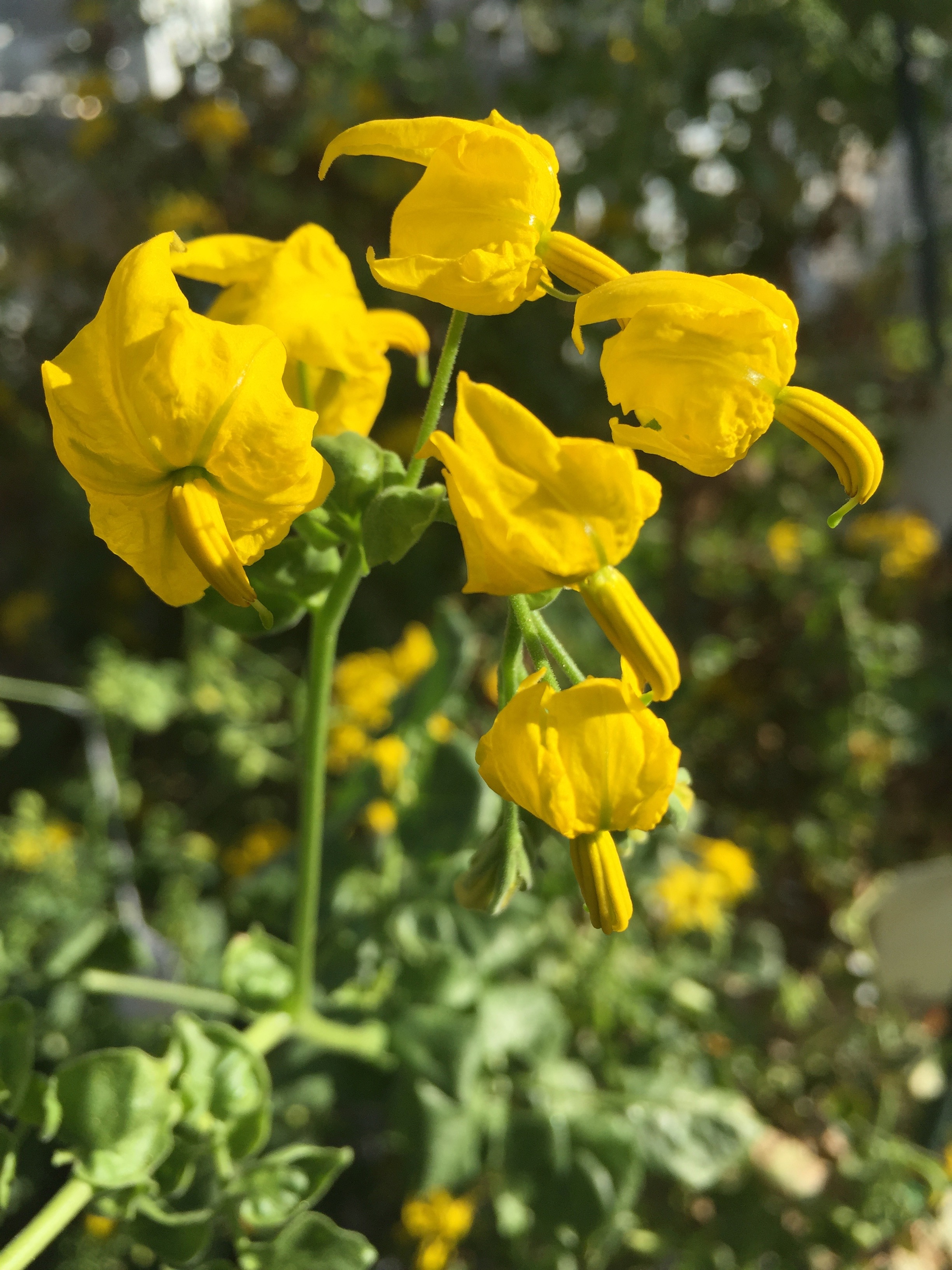
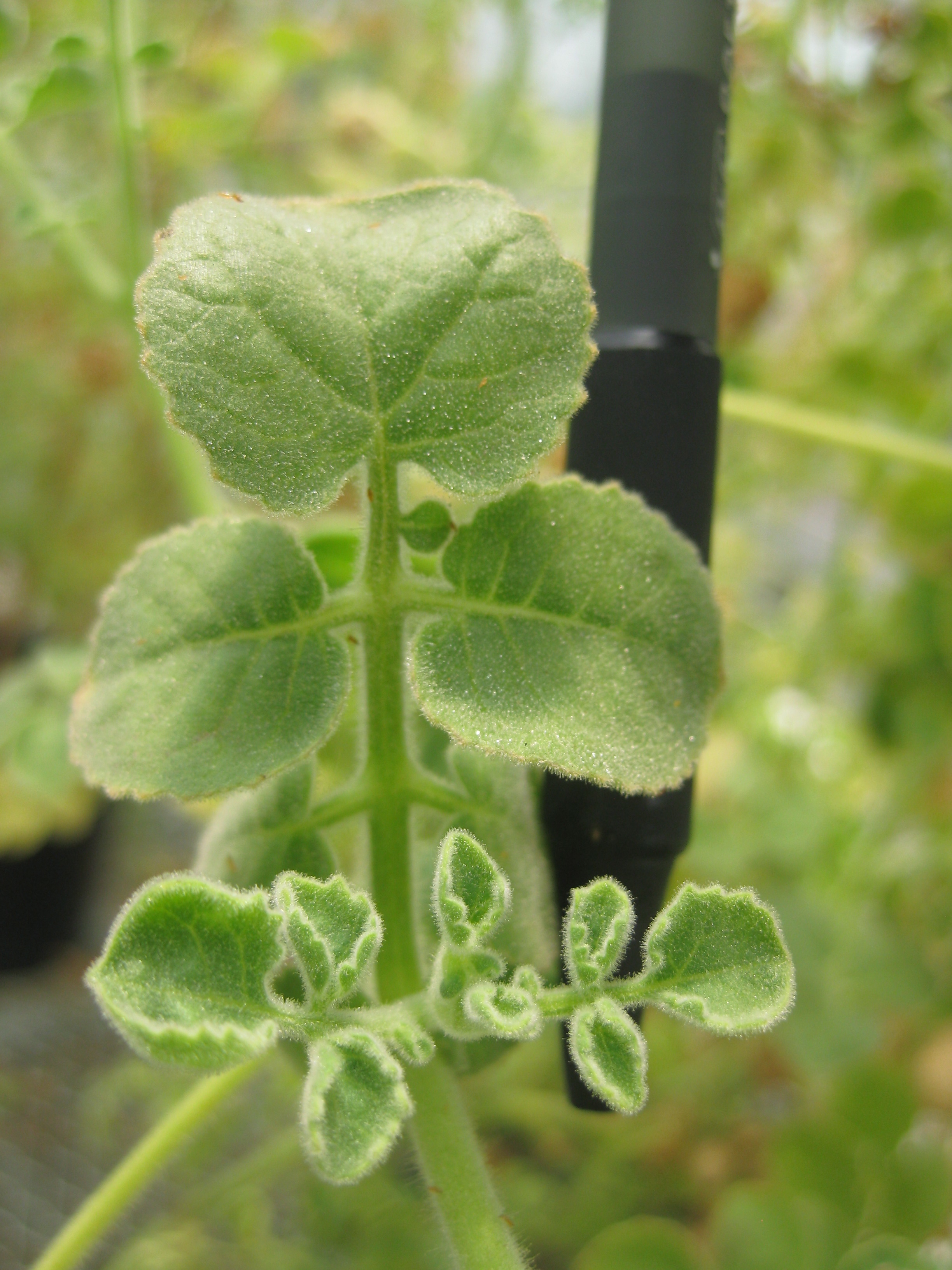
S. pennellii has several distinctive features that make it different from other wild tomatoes. For example, its leaflets are relatively rounded and often have crimped edges ('margins').
Its flowers are large and showy like other similar species, but the central 'style' is uniquely curved; in all other species, the style is straight. The function of this curve is still unknown.